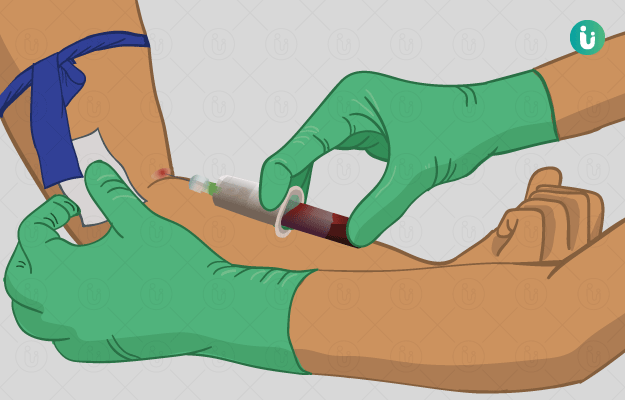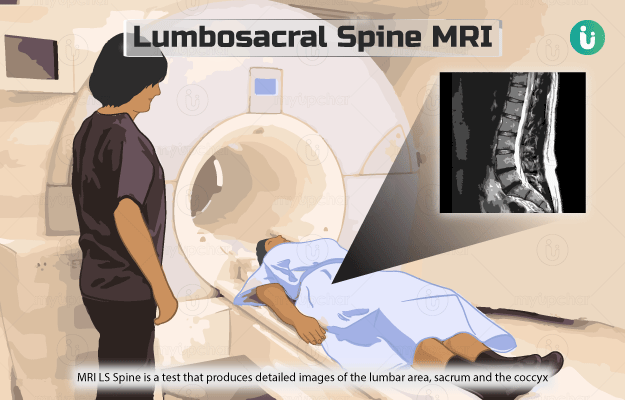What is a shoulder magnetic resonance imaging (MRI) scan?
Shoulder magnetic resonance imaging (MRI) is a test done to produce images of the structures, including muscles, ligaments, cartilages in the shoulder.
MRI scanner is a large machine that uses a magnetic field and radio waves to make images of the structures in the body that cannot be seen well with an ultrasound, X-ray or computed tomography (CT) scan. During an MRI test, you will be placed in the machine in such a way that a strong magnetic field is created in your shoulder area. The transmitter of the machine sends out short pulses of radio waves, which alter the alignment of atoms in the shoulder area. After the transmitter is stopped, the atoms subsequently send out radio waves which are captured by the receiver. This data is then transferred to a computer that uses it to make a detailed image of your shoulder.
Sometimes, a contrast dye is used to get more clear images in an MRI. The dye is usually injected intravenously right before the scan.








































